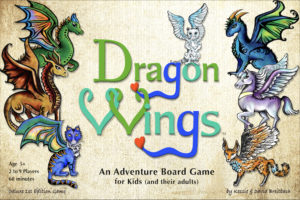Julebukk (Christmas goat) is a long-time Christmas tradition in Norway. It is similar to Halloween, but is part of the Yule celebration between Christmas & New Year’s Eve. Children gå (go) julebukk walking house-to-house in costume singing carols at the doorsteps of friends and neighbors giving out and receiving cookies, clementines and nuts. In some parts of Norway adults also ‘go’ julebukk, visiting door-to-door disguised and in masks, drinking to Christmas cheer, telling funny stories about themselves until the hosts can guess who they are. In the Norwegian communities of Vernon County a similar tradition was practiced not too long ago. They called it ‘julebukking’.
We are celebrating the Julebukk Tradition
Saturday, December 27 from 2 to 4 PM
 *Socialize. Cookies. Carols.
*Socialize. Cookies. Carols.
*Katrine Berge (from Bodø, Norway) & Genevieve Breitbach will lead us in Norwegian & American carols.
*Dress up if you choose…traditional Norwegian…Santa Claus red…goat horns!
*Bring cookies to share…or a few dollars for the local food pantry…or just eat our cookies!
At the River of Ahz Health & Wellness Center
222B N. Main, Viroqua.
(Back of parking lot, west side of Main Street, one block north of Decker.)
Originally, Julebukk was a ritual to Thor with his chariot drawn by two goats. During the Yule holiday…though it may seem unappetizing today…people went house-to-house dressed in goatskins carrying a freshly severed goat head. With time, julebukk became the helpful spirit who dwelled in your home during Yule, watching over preparations and celebrations. Then came the tradition where a few men in a village would dress in goat masks with capes of fur and go door-to-door to offer protection from the ghosts of the long winter night. They also gave warnings, especially to children, to be nice and not naughty! Village folks gave them gifts in thanks for keeping the ‘winter ghosts’ at bay.
With the arrival of Christianity these rituals were shifted, it became the children who visited and received gifts. Later on, the tradition was focused on serving the poor children in the community. The poor dressed in costumes, visited the wealthy, singing carols and receiving food or money, so they, too, could have a merry Christmas.
Today, the children who go julebukk wear costumes of old traditional, woolen clothing often red like Santa Claus, whose origins came from this tradition, as they give out the sweets symbolizing the charity shown to the poor children of earlier times.
Julebukk is about bringing the community together at Juletid (Christmas time) through the visiting, singing, giving and being thoughtful of each other’s needs…and the cookies! In this spirit…join us on December 27.






